
|
|

|
YOU ARE HERE>>REAL or FAKE>>Museums make mistakes too
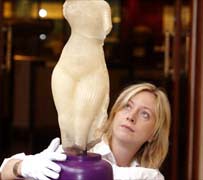
Extracts From the original report from Bolton Museum, December-2004.
Bolton Museums, Art Gallery & Aquarium have succeeded in raising the funds to purchase an important piece of Ancient Egyptian sculpture so that this can remain in Britain and in particular so that it can be enjoyed by people in the North West of England.
The 52cm high sculpture is carved in translucent alabaster (calcite) and represents a royal female of the Amarna Period (c.1350-1334 B.C.). The head, arms and lower legs have not survived but it is believed she is one of the daughters of the Pharaoh Akhenaten and his chief queen, Nefertiti. The statue is wearing a very pleated robe over the left shoulder and under the right. It has a side-lock indicating the subject is still a youth.
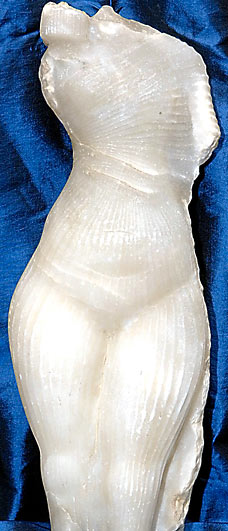
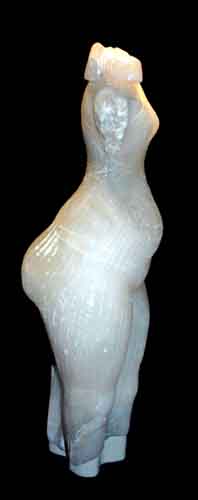
The position of the pillar at the back shows that the work was part of a double statue, probably including the mother. The style is very distinctive to the early part of this period and has a classic narrow upper torso and very large hips and tummy. The pleating is very finely carved and the piece is generally of high quality.
Various sculptures survive from Akhenaten's (Amenhotep IV) reign but pieces such as this are rare and of significance. A similar torso on a smaller scale and less extreme in style carved from red quartzite, probably of Nefertiti and later in the reign, is in the Louvre.
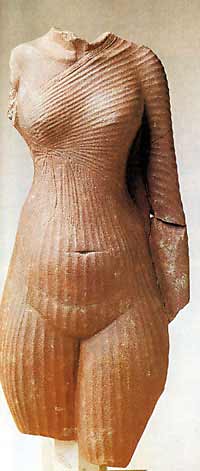
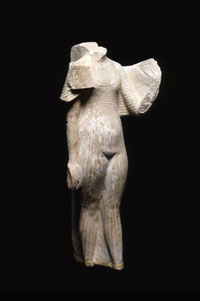
A draped headless figure of a princess in limestone, again on a smaller scale and later in the reign, is in the University of Pennsylvania Museum.
The sculpture was privately owned in Bolton and was purchased by the owner's great grandfather in 1892 at a sale of the contents of Silverton Park in Devon, the home of the 4th Earl of Egremont. The sale catalogue does not contain a recognisable description of this piece and it appears to have been one of a number of sculptures on display in the long gallery of the house.
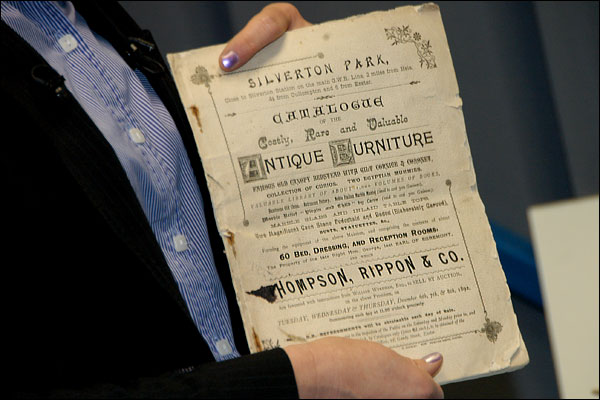
The Amarna princess may also been acquired in Rome with other pieces was transferred to the 4th Earl's gallery at Silverton Park. It is unlikely that her identity could be recognised at this stage and the torso might have been viewed as a voluptuous, or erotic, classical draped figure.
Since leaving Silverton Park, the Amarna princess has spent the last 110 years in private hands in Lancashire. The National Arts Collection Fund, the National Heritage Memorial Fund, the Friends of Bolton Museum and Art Gallery, The Bradshaw Gass Trust and Manchester Ancient Egypt Society raised the £440,000 to purchase the piece.
The statuette compliments the Museum's extensive Egyptology collection which already has material from this reign - acquired from subscriptions to British excavations at Tell el-Amarna in the 1920's and 1930's and from the continued work there by the Egypt Exploration Society since 1977
Do you notice something?
Something interesting.


Home | About This Site | Privacy Statement | Gallery | Testimonials | Guarantees
About Collectors' Resources pages | What's New
Search | Site Map | Contact Us